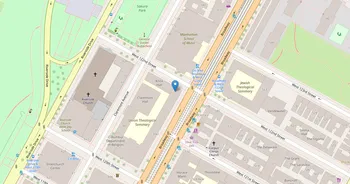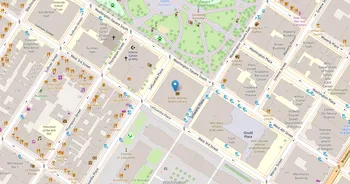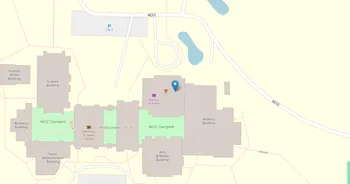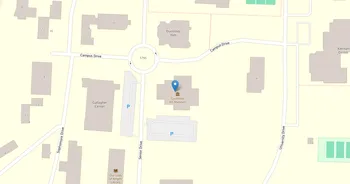New York School for Medical and Dental Assistants : Overview, Courses, Scholarships & Rankings
About New York School for Medical and Dental Assistants
Set in Long Island City's mix of studios and skyline, the New York School for Medical and Dental Assistants is known for hands-on training that keeps close to real clinics. Coursework leans into clinical procedures, patient communication and basic lab technique, with instructors who bring field experience into the classroom. The vibe is practical and encouraging, more get-your-hands-on-it than lecture marathon.
Students study in skill labs, simulation spaces and computer rooms, with advising, tutoring and career guidance close by. It's a commuter crowd, so study groups and coffee-fueled meetups carry the social side. Career prep leans on supervised practice and employer touchpoints, while the Queens setting means diverse patient exposure, nearby clinics and easy transit to waterfront parks. Distinctive here is a focused, skills-first pathway and a get-it-done culture.
Key Institutional Details
Contact & Profile
Academic & Institutional
Academic Programs & Fields of Study
New York School for Medical and Dental Assistants offers 3 degree programs across 1 major academic fields, graduating approximately 150 students annually. The most popular fields by graduate volume are Health (3 programs, 150 graduates). Explore program details, award levels, and graduate demographics below.
Health (3 programs, 150 graduates)
Healthcare Professions, Medical Sciences and Clinical Practice
| Program Name | Graduates | Gender Distribution | Award Levels | CIP Code |
|---|---|---|---|---|
| Medical Assistant | 71 |
|
Certificate (1-2 yrs)
Associate's
|
51.0801 |
| Dental Assisting | 67 |
|
Certificate (1-2 yrs)
|
51.0601 |
| Massage Therapy | 12 |
|
Other Award
|
51.3501 |
Tuition, Fees & Estimated Costs
Overview of tuition rates, housing, and other annual education expenses for undergraduate and graduate students
Financial Aid & Student Support
Summary of scholarships, grants, student loans, and financial aid statistics for undergraduate students
Student Success Metrics
Graduation rates and post-graduation earnings to help assess student outcomes and long-term value of education.
Loan Burden & Repayment Outcomes
Breakdown of loan repayment rates and student debt levels by income and dependency status.
Frequently Asked Questions
Find answers to the most common questions about New York School for Medical and Dental Assistants
What academic programs and degree levels does New York School for Medical and Dental Assistants offer?
New York School for Medical and Dental Assistants offers 3 academic programs across 1 major fields of study, with available degree levels: Certificate (1-2 yrs), Associate's, Other Award.
Most popular program areas include:
- Healthcare Professions, Medical Sciences and Clinical Practice (3 programs)
Data based on IPEDS program completions for 2023-2024 academic year. Numbers reflect programs where students graduated, not all offered programs.
What financial aid and scholarships are available at New York School for Medical and Dental Assistants?
New York School for Medical and Dental Assistants provides financial aid to 100% of first-time, full-time students, with average grants of $5,120 and average loans of $4,311.
Average financial aid amounts by type:
- Pell grants: $4,251
- State/Local grants: $2,214
- Federal loans: $4,170
The university supports 381 students with grants and 310 students with loans annually.
Data based on IPEDS for 2022-2023 academic year. Financial aid amounts and percentages may vary by program, enrollment status, and individual circumstances.
What is the average salary for New York School for Medical and Dental Assistants graduates?
New York School for Medical and Dental Assistants graduates earn a median salary of $33,070 after 6 years and $38,899 after 10 years.
The salary range 10 years after graduation spans from $20,195 (25th percentile) to $52,257 (75th percentile), with top earners reaching $53,300 (90th percentile).
Data based on IPEDS for 2022-2023 academic year. Salary data reflects graduates who received federal financial aid (approximately 60% of all graduates). Actual earnings may vary significantly based on program, location, and individual circumstances.
Related Universities




Found something useful? Help others discover it too! Share with friends, on social media, or save for later - every share helps someone find the information they need.